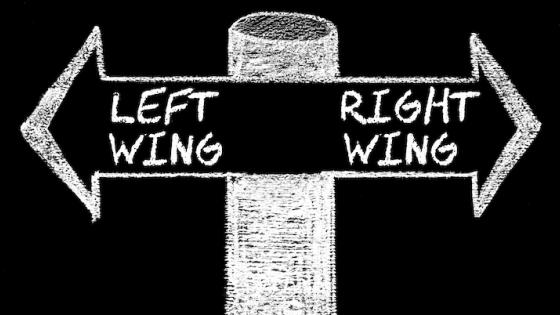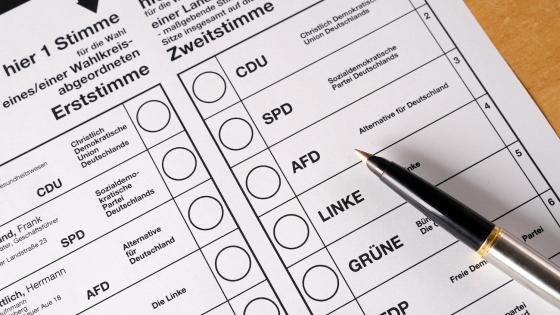First posted on:
mainly macro, 6 October 2018
I’ve been meaning for some time to write about a recent paper by Thomas Piketty, which looks at what characteristics influenced voters to vote for the left or right in France, the UK and US since WWII. (Simon Kuper has a nice little summary with a great title.) Here is a chart that shows how after WWII educated voters tended to vote right, but now tend to vote left (even after controlling for income, age etc - see box).

In all three countries, the number of educated voters increased in all three countries, reflecting in part the need for higher skilled workers.
In contrast (and if we exclude the most recent elections in France and the US) the income profile for voting has not changed very much over time: poorer voters are more likely to vote left than richer voters, particularly if we control for education, although poorer voters are increasingly unlikely to vote. So the shift in voting patterns among educated voters demands an explanation and has fascinating implications.
Unfortunately the paper does not focus on this question, but it does suggest that part of any explanation may reflect the fact that more educated voters tend to have more liberal attitudes in general, and more liberal attitudes to migration in particular (see here for example). The positive correlation between social liberalisation and education is well documented (see here for example), as was evident in the Brexit vote.
I suspect there are other factors as well. There are possible reasons why the interest of human capital (as economists would call it) are different from the interests of business or financial capital, or no capital at all. For example a more meritocratic education system suits them better than one where income buys education, so they are likely to be stronger supporters of a state based education system (or indeed they may be part of it). They will also be more likely to consume state subsidised culture. More generally there may be a wish to break down traditional class based networks and replace them with more meritocratic structures. On the other hand because human capital generates an income, they will be less keen on tax based redistribution than workers. All this may create what some might call an education ‘cleavage’.
The implication for parties on the left are that party members were increasingly from the educated middle class rather than working class, and this has gradually changed the structure, platforms and leaders of left parties. Together with the decline in trade unions, the counterpart to this will be a less visible representation of the working class. Piketty describes this as the emergence of the “Brahmin Left” elite, which can be compared to the “Merchant” elite on the right.
A consequence may be that the political elite as a whole becomes less interested in redistributive policies that used to favour the working classes, and helped continue the decline in wealth inequality before the 1980s that Piketty has famously documented elsewhere. That in turn makes it easier for the right to capture parts of the working class vote, particularly when these voters have socially conservative views. A recent book by Mark Bovens and Anchrit Wille takes a very dim view of these changes.
There is a less pessimistic take on all this. As right wing parties have increasingly relied on pushing socially conservative/authoritarian/anti-minority policies to gain votes, left wing parties find that this combined with wealth/income protection is an unbeatable coalition for their opponents. (Perhaps this helps explain the decline in so many centre-left European parties.) The only way to beat that coalition is to rediscover economic policies that help the working class.
This long paper has other interesting results. In France, like the UK, public attitudes have seen a decreasing hostility to immigration over time. He also notes that the right’s socially conservative turn has helped to sustain an almost complete loyalty to the left from Muslims in the UK and France, and from blacks in the US. Finally a parochial point of interest, which is also a point that Torsten Bell has stressed recently.

Piketty notes that the dominance of the left among the young in the UK in 2017, as well as being unprecedented in the UK, was higher than in any of the two other countries at any point in time. It may be that this is part of a trend since 1997, but it could be exceptional because of Brexit, which amounts to the old taking opportunities away from the young.





